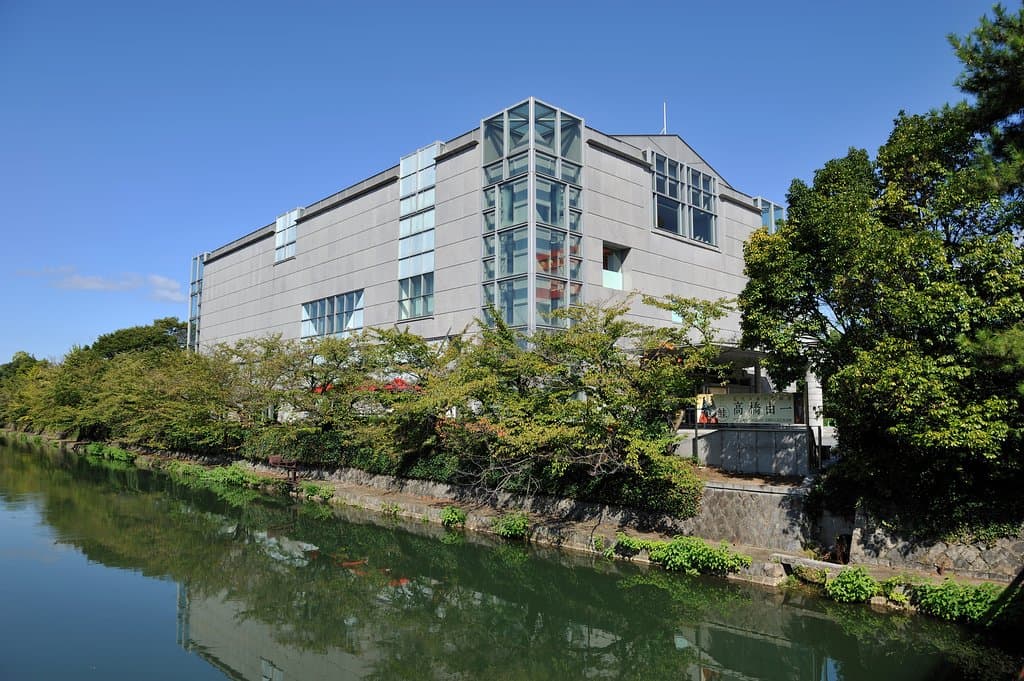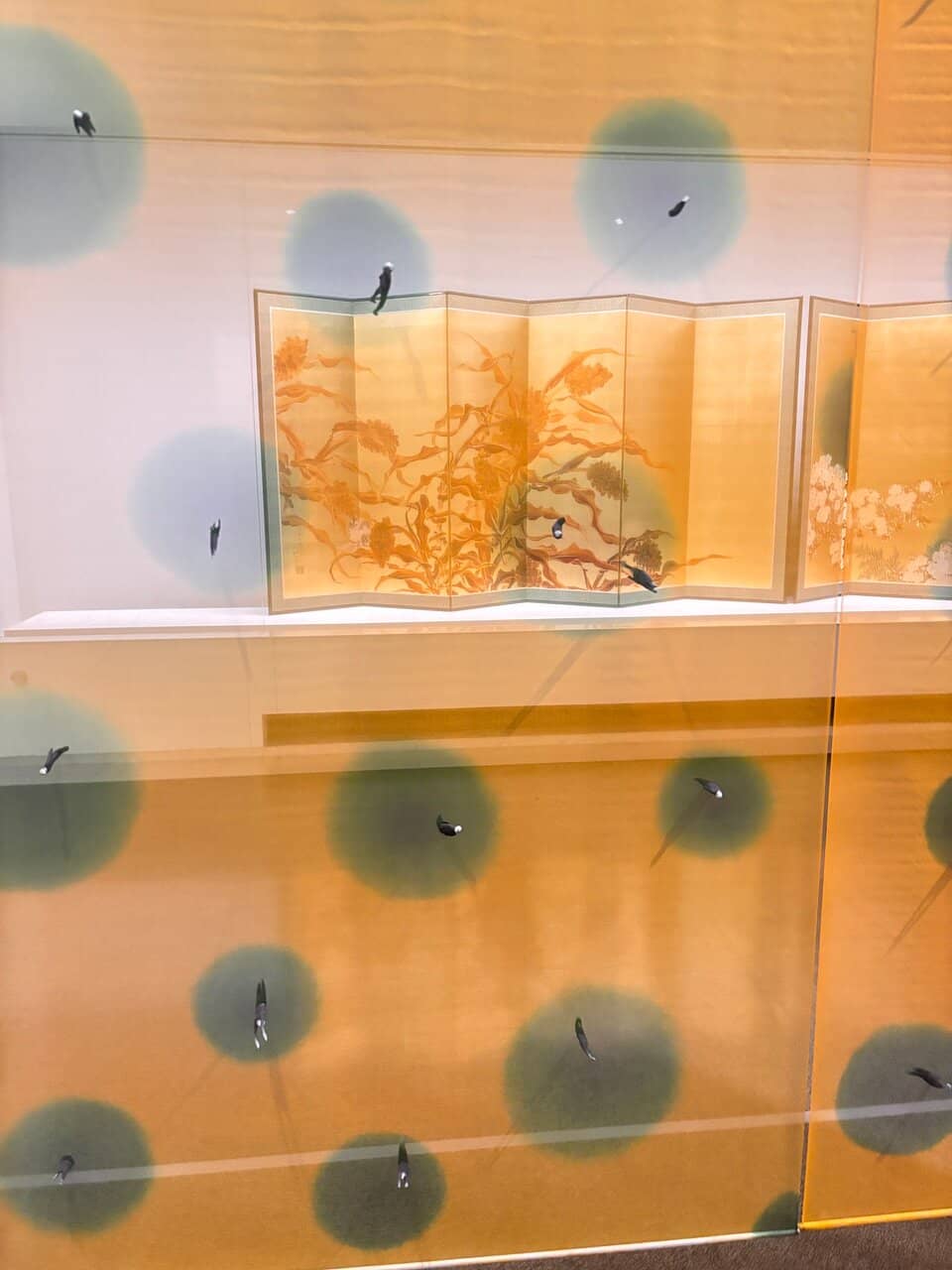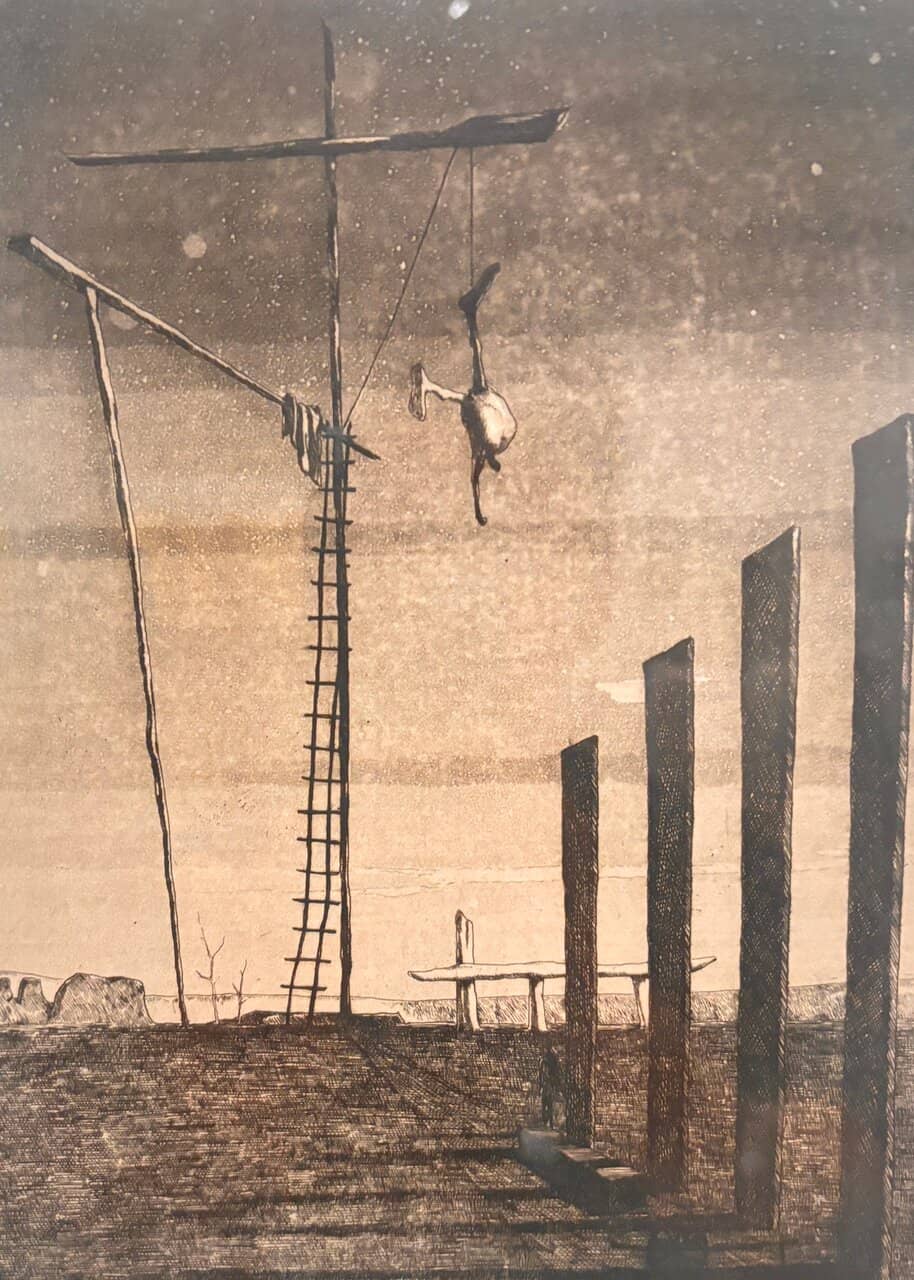
National Museum of Modern Art Kyoto
Kyoto's modern art hub, showcasing local 20th-century artists and captivating rotating exhibitions, including fashion and international art.

Highlights
Must-see attractions

Social
From TikTok & Reddit
Best Time
Fewer crowds, more peaceful viewing

National Museum of Modern Art Kyoto
Best Time
Fewer crowds, more peaceful viewing

Highlights
Must-see attractions
Kyoto's modern art hub, showcasing local 20th-century artists and captivating rotating exhibitions, including fashion and international art.
"A nice place to spend some time and get a different perspective on Kyoto."

Check Exhibition Schedules First
MoMAK's special exhibits are a major draw; plan your visit around them!
Budget for Special Exhibits
Entry fees for temporary shows can be higher. Consider the permanent collection if on a budget.

Highlights
Discover the most iconic attractions and experiences

Permanent Collection
4th Floor
Explore modern Japanese art and Western influences, featuring paintings and sculptures.

Special Exhibitions
3rd Floor
Discover diverse, temporary exhibits like 'LOVE Fashion' or 'Young Poland'.

Kyoto Costume Institute Collaboration
Special Exhibitions
Witness stunning fashion displays, including historical kimonos and designer pieces.
Plans like a pro.
Thinks like you
Planning Your Visit
Check Exhibition Schedules
Consider Ticket Pricing
Best Times
Insider Tips
from TikTok, Instagram & Reddit
Check Exhibition Schedules First
MoMAK's special exhibits are a major draw; plan your visit around them!
Budget for Special Exhibits
Entry fees for temporary shows can be higher. Consider the permanent collection if on a budget.
Enjoy the Cafe
A nice cafe with an outdoor patio offers a relaxing break. :coffee:
Combine with Nearby Sights
Located near Higashiyama Station, it's easy to pair with other Kyoto attractions. :world_map:
Tips
from all over the internet
Check Exhibition Schedules First
MoMAK's special exhibits are a major draw; plan your visit around them!
Budget for Special Exhibits
Entry fees for temporary shows can be higher. Consider the permanent collection if on a budget.
Enjoy the Cafe
A nice cafe with an outdoor patio offers a relaxing break. :coffee:
Combine with Nearby Sights
Located near Higashiyama Station, it's easy to pair with other Kyoto attractions. :world_map:
What Travellers Say
Reviews Summary
Visitors generally find the National Museum of Modern Art, Kyoto to be a nice, albeit small, museum with interesting permanent and special exhibitions. While the permanent collection is appreciated for its modern Japanese art and Western influences, some find the pricing for special exhibits, like the kimono display, to be a bit high for the number of items shown. The cafe is a pleasant addition for a relaxing break.
"Came for the Young Poland exhibition which was very interesting and well presented.
Perm collection is on floor 4 mainly modern Japanese also very interesting.
Cafe nice too with outdoor patio.
2000Y entry cars and cash both ok."
Ben Hills-Jones
"Nice, but small, museum. There is a kimono exhibition on currently, which was nice but pricey. ¥2000 for a combined ticket. There were only maybe 20 kimonos on display, for the price a little disappointing. But worth a look."
Kellan Fabjance
"I love museums of all sorts and this one is certainly no exception. A fine modern art museum with a nice collection and a clear curatorial voice. The museum has four floors, the fourth floor is dedicated to the permanent collection and the third floor is for temporary exhibitions.
The permanent collection deals with western influences on Japanese art, mainly paintings, and was informative. Interesting seeing works by Marc Chagall here, alongside other known western artists.
But the really special event was on the third floor where the exhibition Kimono was on display. Really fabulous, and a way to learn on Japanese culture. Almost all the visitors were women, many of whom were wearing traditional Japanese clothing. So that in itself was interesting.
There's a restaurant inside and a shrine complex with a small market for clothes and jewelery nearby."
Chaim Noy
What People Like
What People Dislike
Frequently Asked Questions
🚇 🗺️ Getting There
The museum is easily accessible via public transport. Take the Tozai Subway Line to Higashiyama Station, which is about a 10-minute walk away. Buses are also an option, with several routes stopping nearby. :train2:
Yes, parking is available for visitors, and both cars and cash are accepted for payment.
From Kyoto Station, you can take a bus (e.g., routes 5, 46, 100, 206) or the subway. The subway involves a transfer but is often efficient. :bus:
Yes, the closest subway station is Higashiyama Station on the Tozai Line, a short walk from the museum.
Taxis are readily available in Kyoto and can take you directly to the museum's entrance.
🎫 🎫 Tickets & Entry
Admission fees vary. The permanent collection is generally more affordable, while special exhibitions can cost around ¥2000 for a combined ticket. Check the official website for current pricing.
For the permanent collection, booking in advance is usually not necessary unless there's a major event. However, for popular special exhibitions, it's advisable to check if advance booking is recommended or required, especially during peak seasons.
Information on specific discounts for students, seniors, or groups is best found on the museum's official website or by contacting them directly.
Opening hours can vary depending on the day and any special exhibitions. It's recommended to check the museum's official website for the most up-to-date information on operating hours.
Generally, you can purchase tickets at the entrance for the permanent collection. For special exhibitions, it's wise to confirm if advance purchase is needed, especially for highly anticipated shows.
🎫 🖼️ Onsite Experience
The museum features a permanent collection of modern Japanese art, including paintings influenced by Western styles, as well as rotating special exhibitions that can cover a wide range of themes, from fashion to international art.
The museum typically has four floors. The fourth floor is dedicated to the permanent collection, and the third floor hosts temporary exhibitions.
While the museum's focus is modern art, some special exhibitions might appeal to older children or teenagers. It's a good place for a quieter, more contemplative experience.
Information on guided tours, if available, would be on the museum's official website. Audio guides might also be an option for certain exhibitions.
Photography policies can vary by exhibition. Generally, photography without flash is permitted in the permanent collection areas, but special exhibitions may have restrictions. Always look for signage.
🍽️ 🍽️ Food & Dining
Yes, the museum has a cafe that offers a nice place to relax, and it even features an outdoor patio.
The cafe typically offers light meals, snacks, and beverages. It's a convenient spot for a break during your visit.
The museum is located in the Higashiyama district, which has numerous restaurants and cafes offering various Japanese and international cuisines.
Outside food and drinks are generally not permitted inside the museum galleries. It's best to consume your own food in designated areas or outside the museum.
Typically, museum cafes are accessible to both visitors and the public, but it's always good to confirm.
📸 📸 Photography
Photography policies can differ between the permanent collection and special exhibitions. Flash photography is usually prohibited. Always check for signs or ask staff for clarification. :camerawithflash:
The architecture of the museum itself can be photogenic. For art, focus on capturing the essence of the pieces within the allowed guidelines. Some visitors enjoy photographing the fashion exhibits.
Drones are not permitted inside or around museum premises for safety and privacy reasons.
Yes, taking photos of the museum's exterior is generally allowed and can make for a nice memento.
A standard digital camera or smartphone is sufficient. Given potential lighting restrictions, a camera with good low-light performance can be beneficial.
For Different Travelers
Tailored advice for your travel style
👨👩👧 Families with Kids
🎨 Art Enthusiasts
🛍️ Fashion & Culture Buffs
Deep Dives
In-depth insights and expert knowledge
Exploring Special Exhibitions
These exhibitions are a significant draw and often require a separate, higher admission fee compared to the permanent collection. It's crucial to check the museum's official website for current exhibition schedules, dates, and ticketing information before your visit. Planning ahead ensures you don't miss out on these unique, curated experiences that offer a different perspective on art and culture. Some visitors have found these special exhibits to be the highlight of their museum visit.
When visiting a special exhibition, be prepared for potentially larger crowds, especially on weekends or during popular show runs. The presentation is usually meticulous, offering in-depth insights into the featured artists or themes. The 'Kimono' exhibition, for instance, attracted many visitors, some of whom were dressed in traditional Japanese attire, adding to the cultural immersion.
The Permanent Collection: A Glimpse into Modern Art
Beyond Japanese artists, the permanent collection also includes works by internationally recognized artists, such as Marc Chagall, offering a broader perspective on modern art history. This juxtaposition allows for a richer appreciation of how global artistic trends intersected with local creativity. The clear curatorial voice ensures that the collection is presented in an informative and engaging manner, making it accessible even to those new to modern art.
While smaller than some national museums, the permanent collection at MoMAK is considered interesting and well-curated. It provides a solid foundation for understanding modern art and offers a more relaxed viewing experience compared to potentially crowded special exhibitions. It's a great way to spend time appreciating art and gaining a different perspective on Kyoto's cultural landscape.
Fashion and Culture at MoMAK
Furthermore, the museum has hosted exhibitions specifically dedicated to kimonos, offering a deep dive into the intricate beauty and cultural significance of this traditional Japanese attire. These exhibits have been particularly popular, drawing a diverse audience, including many who appreciate Japanese culture and fashion. The opportunity to see such a collection can be a highlight for many visitors, offering insights into craftsmanship and historical aesthetics.
Beyond specific fashion exhibitions, the museum's permanent collection also touches upon cultural heritage through its depiction of Japanese artists and their engagement with both local traditions and international movements. The presence of a shrine complex and a small market nearby also adds to the cultural immersion surrounding the museum visit.






Social
from TikTok, Instagram & Reddit